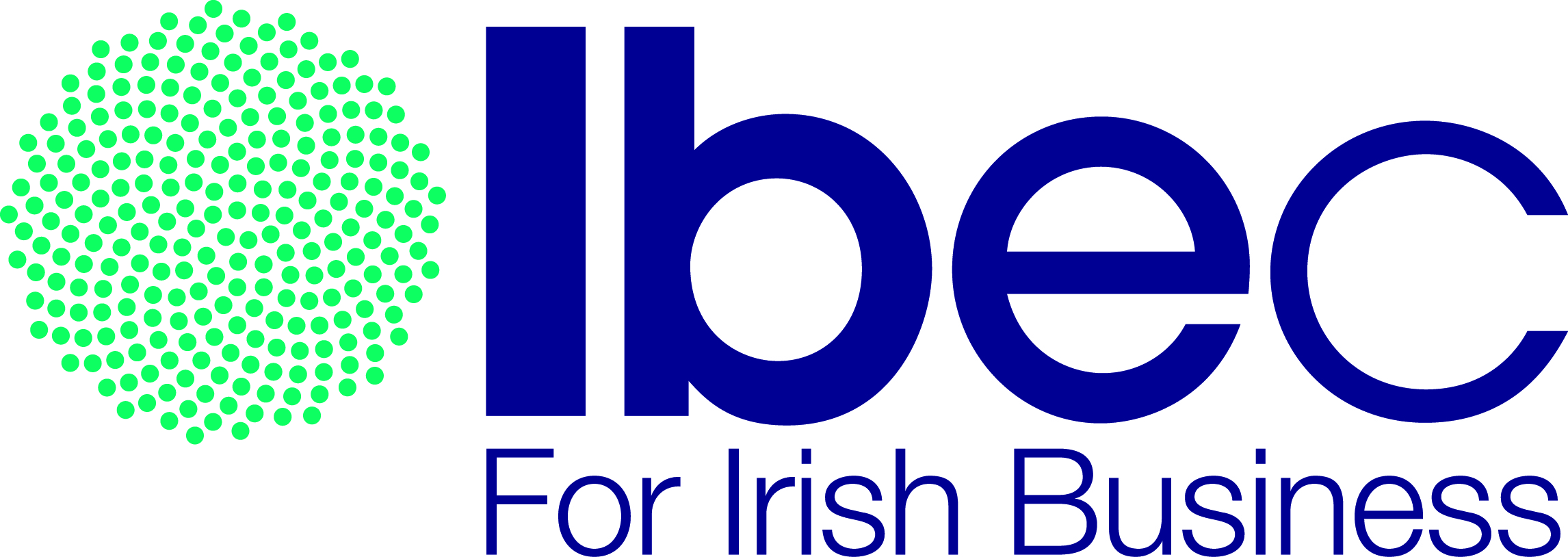Health and Safety Software » Health and Safety Software News » Health and Safety » Illuminating Safety – Home Lighting Installation Safety Guidelines
Illuminating Safety – Home Lighting Installation Safety Guidelines

However, the seemingly simple task of installing lighting fixtures can harbour hidden hazards if not approached with proper care and attention to safety protocols. Home lighting installation companies bear a significant responsibility in ensuring the well-being of their employees and safeguarding the homes they work in.
Electrical Hazards
- Electrical Shock and Burns: Electrical work inherently involves the risk of electrical shock and burns. Electrical installers must possess the necessary training, experience, and certifications to handle electrical systems safely and effectively.
- Grounding and Circuit Protection: Improper grounding and circuit protection can increase the risk of electrical shock and fire hazards. Installers must ensure that all electrical components are properly grounded and protected by appropriate circuit breakers or fuses.
- Working at Heights: Accessing ceiling fixtures or working on ladders poses the risk of falls. Installers should use sturdy ladders, secure scaffolding, and fall protection equipment when working at heights.
- Electromagnetic Fields (EMFs): Exposure to high levels of EMFs from electrical equipment may pose potential health risks. Installers should minimise exposure to EMFs by using shielding materials and maintaining a safe distance from equipment.
Fall Hazards
- Using Ladders: Ladders are commonly used in lighting installation, but improper use can lead to falls and serious injuries. Installers should inspect ladders for damage, set them up securely, and maintain proper body positioning while working on ladders.
- Slippery Surfaces: Wet or uneven surfaces can increase the risk of slips and falls. Installers should be aware of potential tripping hazards and take necessary precautions, such as wearing slip-resistant footwear and cleaning up spills promptly.
- Uneven Floors or Slopes: Working on uneven floors or slopes can increase the risk of losing balance and falling. Installers should take caution when working on these surfaces and use appropriate safety equipment, such as scaffolding or guardrails.
Material Handling and Storage
- Lifting and Handling Heavy Fixtures: Lighting fixtures can be heavy and awkward to handle, increasing the risk of musculoskeletal injuries. Installers should use correct lifting techniques and mechanical lifting aids when necessary.
- Sharp Edges and Puncture Hazards: Lighting fixtures, metal brackets, and other materials used in installation may have sharp edges and corners that can cause cuts and puncture wounds. Installers should wear appropriate PPE, such as gloves and safety glasses, to protect themselves from these hazards.
- Storage and Transportation: Improper storage and transportation of lighting fixtures can lead to damage and potential hazards. Installers should store fixtures securely and use padding and protective materials during transport.
General Safety Precautions
- Personal Protective Equipment (PPE): Installers should wear appropriate PPE, including safety glasses, gloves, and sturdy footwear, to protect themselves from potential hazards.
- Housekeeping: Maintain a clean and organised work area to minimise clutter and tripping hazards. Dispose of waste materials properly and store tools and equipment securely.
- Hazard Identification and Risk Assessment: Prior to beginning work, installers should identify potential hazards in the work area and conduct a risk assessment to determine appropriate control measures.
- Emergency Preparedness: Establish emergency response plans to address potential incidents, such as electrical shocks, falls, and fires. Ensure workers are familiar with emergency procedures and evacuation routes.
Fostering a Culture of Safety
Building a culture of safety extends beyond following regulations and procedures; it encompasses fostering a shared responsibility for safety among all employees. Home lighting installation companies can cultivate this culture by providing comprehensive safety training, encouraging open communication, empowering employees to make safety decisions and regularly reviewing safety policies and procedures.
In the illuminating world of home lighting, safety should never be dimmed.
Arrange your demonstration
Let us show you how we can transform your health and safety, risk and compliance management
Please choose a date and time for your demo. We look forward to meeting with you.
Latest Updates & Information

How Pandemic Management Software Helps Organisations Respond to Europe’s Escalating Flu Outbreak
Europe’s rising influenza activity underscores the importance of having the right digital tools in place.

Supporting Local Sustainability: Restoring Native Oysters to the Solent
iProtectU is proud to support the Final Straw Foundation’s Native Oyster Restoration Project, helping restore

iProtectU Featured on IBEC: The Real Truth About Choosing Health & Safety Software”
When a national voice like IBEC publishes your perspective, it matters.
This week, iProtectU

Why Modern HSE Software is Essential – How iProtectU is Shaping the Future of Safety
Modern HSE software has evolved into a strategic necessity, empowering organisations to manage risk proactively,

How iProtectU Transforms PPE Management: From Stock Chaos to Compliance Confidence
Managing personal protective equipment (PPE) doesn’t have to be a paperwork struggle. With iProtectU, safety

From iProtectU to Amazon: A Work Experience Success Story
From work experience to an Amazon internship. Read how iProtectU helped empower a young talent







